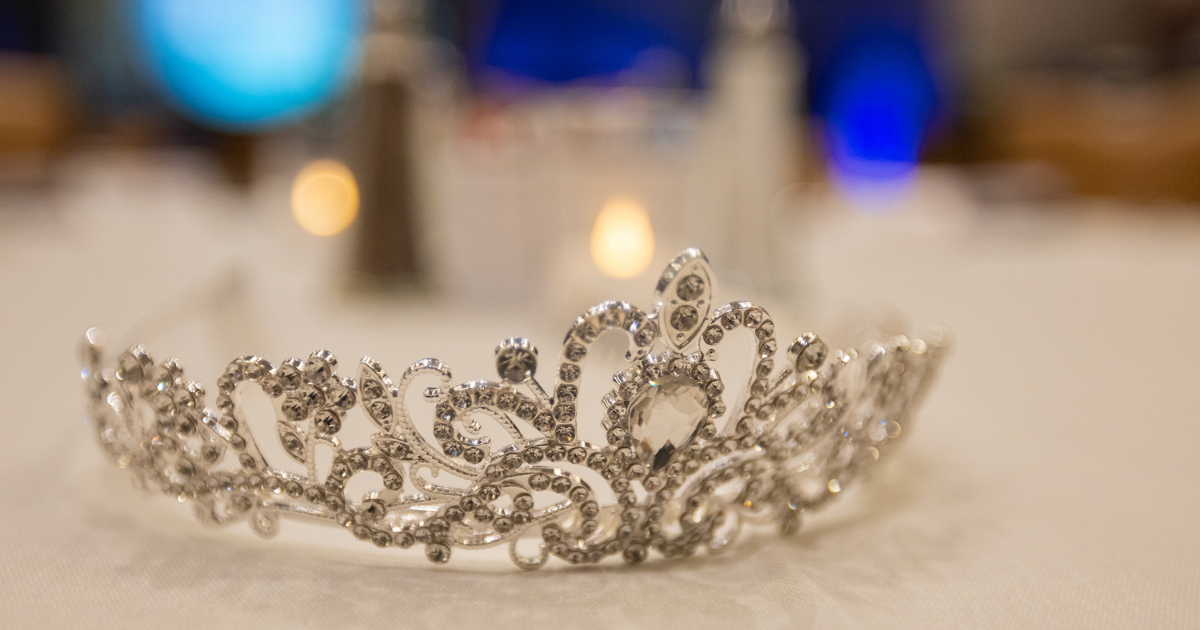Australia saw a significant reduction in its gender pay gap, reaching a historic low of 21.7% in 2023, based on the latest figures released by the Workplace Gender Equality Agency (WGEA). This translates to women earning 78 cents for every dollar earned by men, marking a positive annual change of $1,322. Despite this progress, a substantial gap of $26,393 still persists.
The 1.1 percentage point decline from the 2022 figure of 22.8% represents the second-largest single-year drop since records were initiated in 2014, indicating a noteworthy shift in the right direction.
The WGEA’s comprehensive data, encompassing base salary, overtime, bonuses, and additional payments from the annual Employer Census, revealed that the increased presence of women in managerial positions and the upper pay quartiles contributed significantly to this record low gender pay gap. Mary Wooldridge, the CEO of WGEA, highlighted the positive correlation between the rising proportion of women in managerial roles and the decreasing gender pay gap.
The 1.1 percentage point decline from the 2022 figure of 22.8% represents the second-largest single-year drop
Wooldridge also attributed the progress to heightened discussions on gender equality, a tight labour market, and impending legislation focused on addressing the gender pay gap. This positive trend aligns with the 13% national gender pay gap recorded earlier in the year, a figure also deemed the lowest ever and sourced from the Australian Bureau of Statistics (ABS). However, WGEA cautioned that the ABS data, covering only base salary for full-time workers, might present a “limited” perspective of the overall gender pay gap.
WGEA’s 2023 Gender Equality Scorecard highlighted notable advancements beyond the gender pay gap. The percentage of employees in non-highly gender-segregated industries increased by 50%, and 84% of employers embraced flexible work arrangements. Additionally, 63% of employers provided some form of paid parental leave, with 33% offering it equally to both men and women without assigning “primary” or “secondary” labels.
Despite these positive trends, the report identified areas for improvement. The slight uptick in men taking paid primary carer’s leave, reaching 14%, indicated room for growth. Women’s representation on boards remained stagnant at 34%, and only 30% of employers had formal policies or strategies addressing gender equality. Furthermore, despite 57% of women working part-time or casually, only 7% held managerial positions.
Wooldridge urged employers to identify and address the root causes of gender inequality, emphasising the need for innovative solutions. She emphasised that for substantial change, employers must proactively publish gender pay gaps, understand unique challenges, and implement purpose-built strategies for gender equality.










